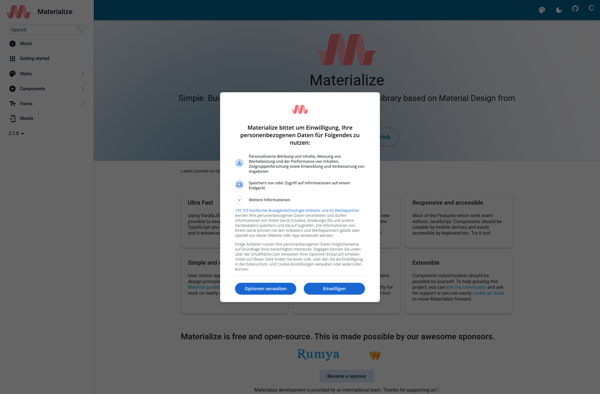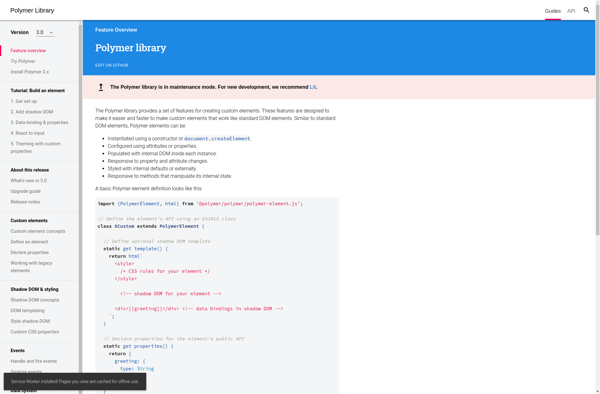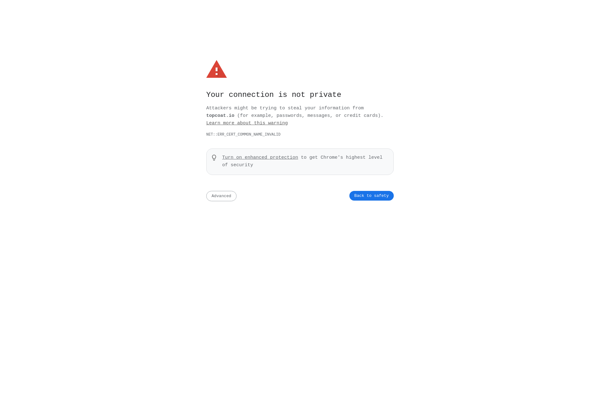Leaf (CSS Framework)

Leaf: Open-Source CSS Framework for Responsive Web Design
Leaf is an open-source CSS framework for creating responsive web pages and web apps. It offers a grid system, UI components, utilities, and more to help developers build sites quickly with clean, modern design.
What is Leaf (CSS Framework)?
Leaf is an open-source CSS framework for building responsive, mobile-first web sites and web applications. Developed by Animate.css co-creator Daniel Eden, Leaf aims to provide developers with the essential tools for crafting interfaces while avoiding unnecessary bloat.
Some key features and capabilities of Leaf include:
- Flexible grid system based on Flexbox for creating layouts that adapt across device sizes
- UI component library with common elements like buttons, cards, modals, navbars, etc.
- Useful utility classes for spacing, displaying, positioning, sizing, and more
- Easy-to-override Sass source files and modular architecture
- Lightweight footprint - under 10KB gzipped for the full package
- No opinions on JavaScript dependencies - works with jQuery, React, Vue, vanilla JS, etc
- Integration support for CSS preprocessors like Sass
- Custom browser support configuration during build process
Leaf is designed to provide just the core structural tools you need for most sites and apps, without being overly prescriptive or packed with rarely used extras. With its responsive grid, UI components, utilities, and customization options, it can help developers quickly build clean, fast front-ends that work on all modern browsers and devices.
Leaf (CSS Framework) Features
Features
- Lightweight at ~3kb gzipped
- Mobile-first 12 column responsive grid system
- SASS source files and compiled CSS included
- Mixins, variables, and other tools to customize
- UI components like buttons, forms, tables, etc
- Utility classes for typography, spacing, display, etc
- Print styles
- No JS dependencies
Pricing
- Open Source
Pros
Cons
Official Links
Reviews & Ratings
Login to ReviewThe Best Leaf (CSS Framework) Alternatives
Top Development and Css Frameworks and other similar apps like Leaf (CSS Framework)
Here are some alternatives to Leaf (CSS Framework):
Suggest an alternative ❐Tailwind CSS

Materialize

Angular Material

Material UI

UIkit

Tailwind UI

Purecss

Skeleton

Polymer

Semantic UI

Google Web Starter Kit

Topcoat
